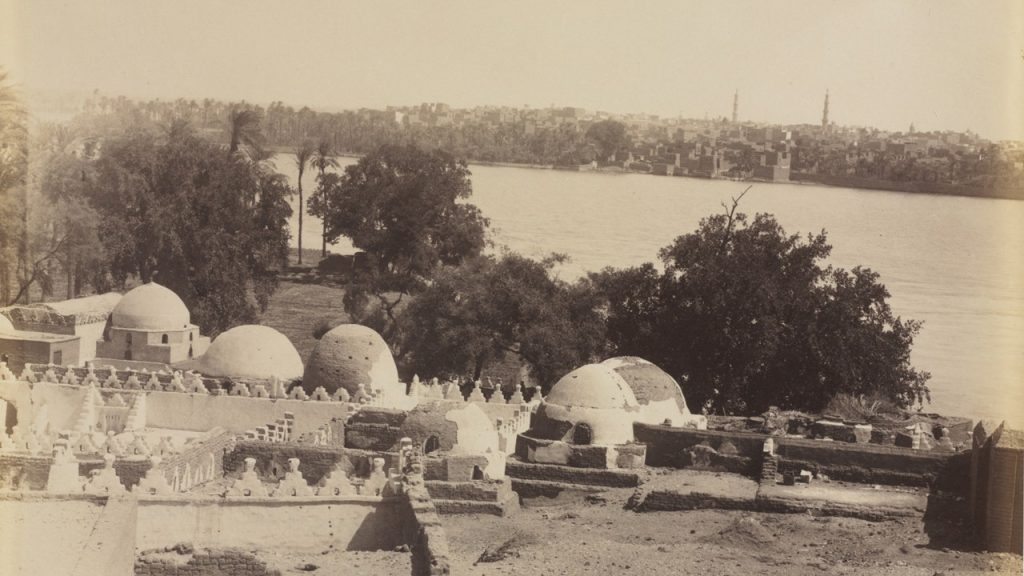Archaeologists excavating the tomb of Jifai-Hapi, an Ancient Egyptian governor during the Middle Kingdom, made a significant discovery. They found the tomb of the governor’s daughter, named “Edi,” which was announced by the Ministry of Tourism and Antiquities in October 2024. Jifai-Hapi was an important ruler during the reign of King Senusret I, as his burial chamber was the largest cemetery belonging to a non-royal individual of the time. The daughter’s burial chamber was located about 50 feet down and contained two intricately painted coffins, one placed inside the other.
The larger coffin measured 2.62 meters, while the smaller one was 2.30 meters in size. The excavation was conducted by the University of Sohag in Egypt and the Free University of Berlin. This discovery sheds light on the Middle Kingdom period, which is often overshadowed by other prominent eras in ancient Egyptian history. Joann Fletcher, a professor of Archaeology at the University of York, noted that the Middle Kingdom was a time of great artistic and cultural splendor, as evident from the quality of the paintwork on the newly discovered outer coffin.
Additional items found in the burial chamber included a small coffin lid, anopic jars, and wooden structures. While thieves had entered the chamber in ancient times, there were still skeletal remains for experts to study. Early analysis revealed that the governor’s daughter died before the age of 40 and had a congenital foot defect. Further research is ongoing to learn more about the lives of Jifai-Hapi and his daughter, Edi, as there is still much to be discovered about these ancient individuals.
The discovery of Edi’s tomb provides valuable insights into the Middle Kingdom period of ancient Egyptian history, showcasing the artistic and cultural splendor of that era. This find adds to our understanding of a time often overshadowed by the more famous Old Kingdom and New Kingdom periods. The intricately painted coffins and other artifacts found in the burial chamber highlight the artistic achievements of this period and the importance of individuals like Jifai-Hapi in ancient Egyptian society.
Through ongoing research, archaeologists hope to uncover more details about the lives of Jifai-Hapi and his daughter, Edi. The examination of the skeletal remains and artifacts found in the tomb will provide further information about these individuals and their place in ancient Egyptian society. The Ministry of Tourism and Antiquities continues to support and facilitate this research, contributing to a deeper understanding of Egypt’s rich history.
The discovery of Edi’s tomb offers a fascinating glimpse into the lives of ancient Egyptian elites during the Middle Kingdom. The presence of thieves in the tomb and the skeletal remains of the governor’s daughter add to the mystery and intrigue surrounding this find. As researchers delve further into the history of Jifai-Hapi and his daughter, more discoveries and insights are likely to emerge, enriching our knowledge of this significant era in ancient Egyptian civilization.


